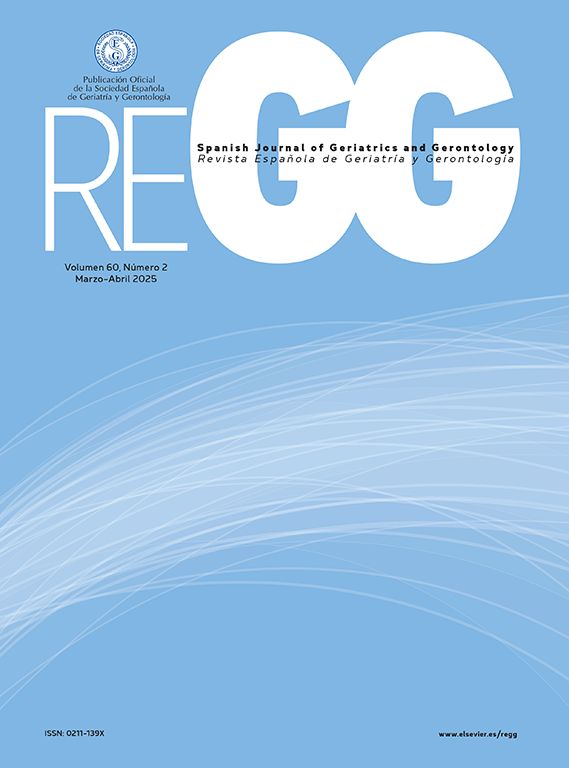We read with interest the article by Qanneta on an eighty years-old male who developed painless monoparesis of the left lower limb five days after the fourth dose of the BionTech Pfizer vaccine (BPV).1 Because he additionally developed painful vesicular lesions over the thorax and abdomen, an infection with the herpes zoster virus (HZV) was suspected and monoparesis attributed to HZV associated radiculitis.1 The patient benefited from acyclovir and physiotherapy.1 The study is excellent but has limitations that are cause of concern and should be discussed.
The main limitation of the study is that herpes zoster virus (HZV) radiculitis was diagnosed, without cerebrospinal fluid (CSF) studies.1 Before diagnosing radiculitis due to infection with HZV, it is crucial to document the presence of HZV in the CSF. Without detection of the virus in the CSF, the diagnosis of HZV radiculitis is not justified.
Another limitation is that the patient did not undergo nerve conduction studies (NCSs), including F-wave studies, to confirm a proximal lesion of peripheral nerves. Radiculitis should be also confirmed by magnetic resonance imaging (MRI) of the spinal nerve roots with contrast medium. MRI of the spinal roots may show enhancement or thickening of nerve roots.
Another limitation is that Guillain Barre syndrome (GBS) has not been considered as a differential diagnosis of SARS-CoV-2 vaccination associated monoparesis.1 GBS is a common complication of SARS-CoV-2 vaccinations2 and is usually diagnosed using the Brighton criteria. Decisive for the diagnosis of GBS according to the Brighton criteria is the detection of “dissociation cyto-albuminique” in the CSF. Another unconsidered differential diagnosis is lumbo-sacral plexitis. Plexitis has been repeatedly reported as a complication of SARS-CoV-2 vaccinations.3
A further limitation is that there was no mention of whether the tendon reflexes were increased, reduced, or normal. Knowing the reflex status is crucial in assessing whether monoparesis was of the central or peripheral type. In the MRI of the lumbar spine shown in figure 1, a disc prolapse L4/L5 must be ruled out. Axial images of the segment L4/5 should be provided.
The term “hemiparesis” is used misleadingly. Hemiparesis means upper and lower limb weakness on the same side. The index patient had left lower limb weakness only. Therefore, it was no hemiparesis, but a monoparesis. This should be corrected.
Overall, the interesting study has limitations that put the results and their interpretation into perspective. Clarifying these weaknesses would strengthen the conclusions and could improve the study. Before diagnosing SARS-CoV-2 related HZV radiculitis, it is important to rule out all differential diagnoses.
Author contributionJosef Finsterer: Design, literature search, discussion, first draft, critical comments, final approval.
Ethical approvalThis article is based on previously conducted studies and does not contain any new studies with human participants or animals performed by any of the authors.
FundingNo funding was received.
Conflict of interestThe author declares that the research was conducted in the absence of any commercial or financial relationships that could be construed as a potential conflict of interest.






